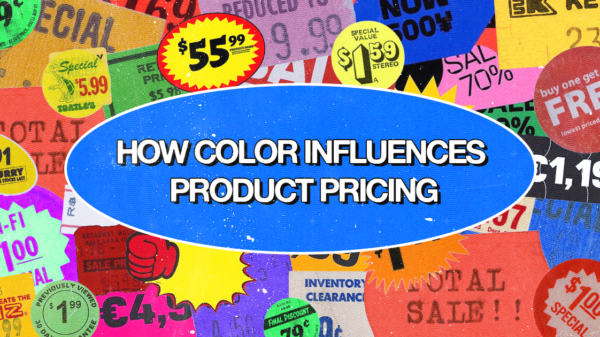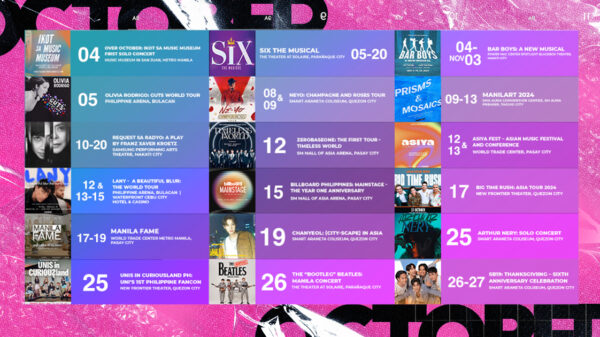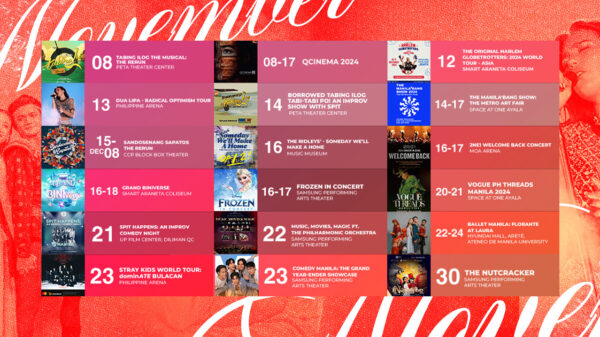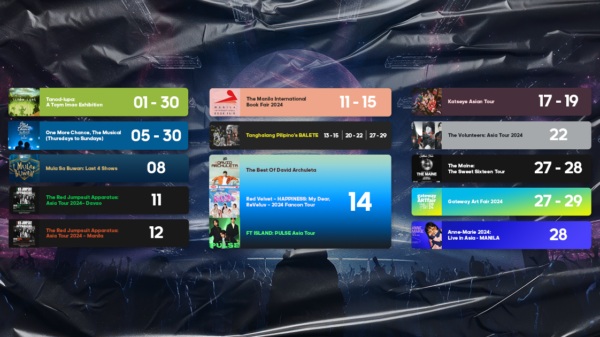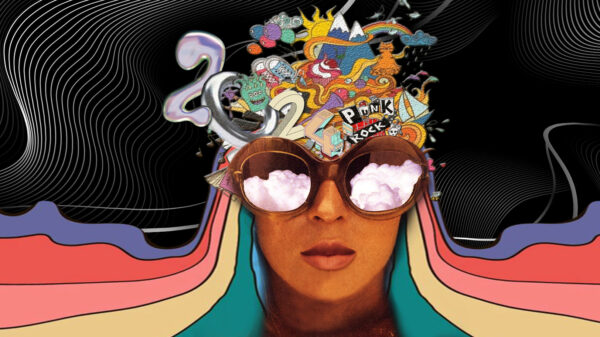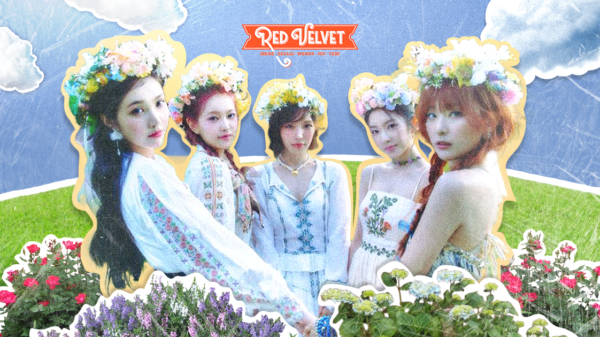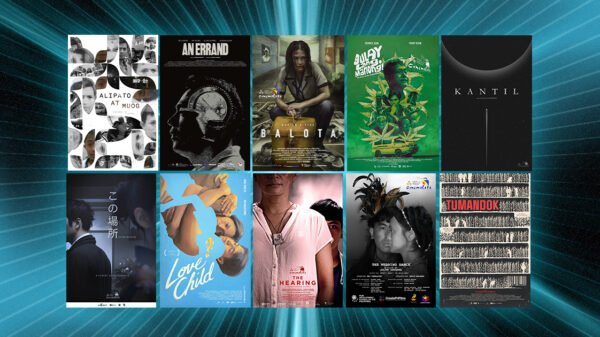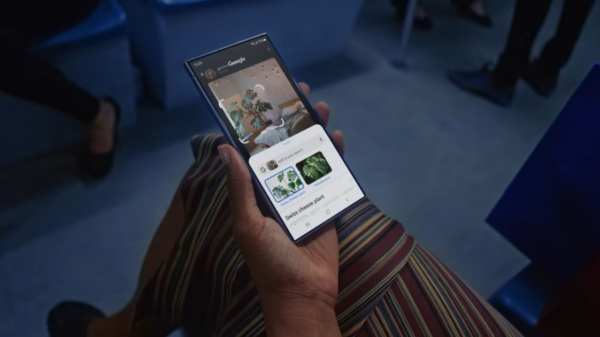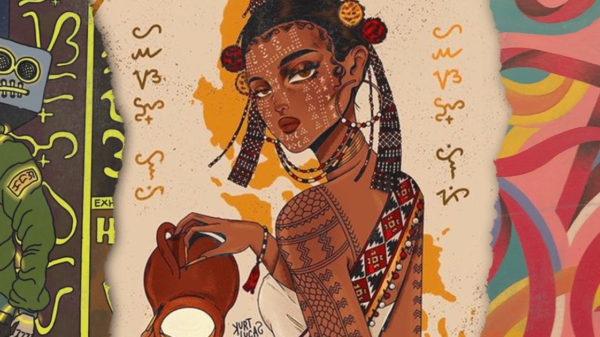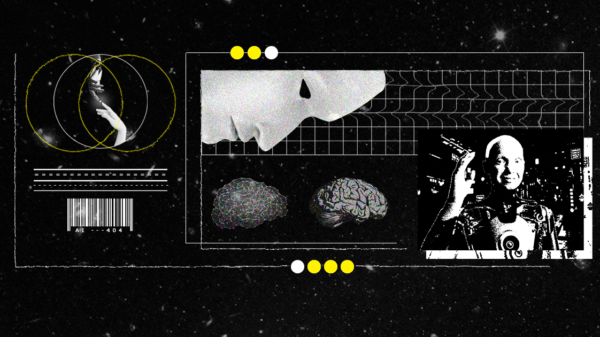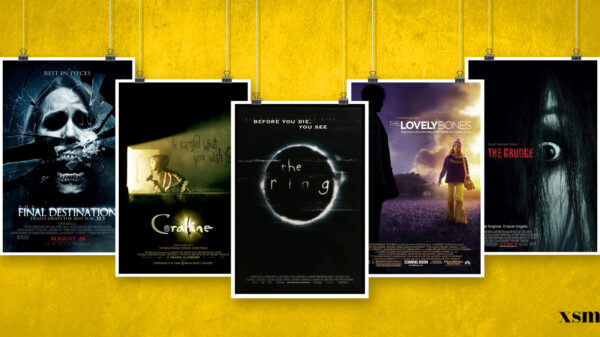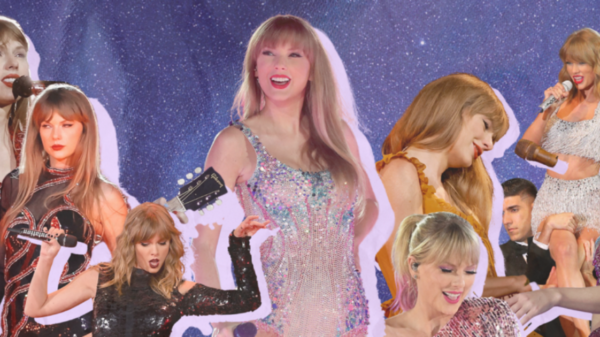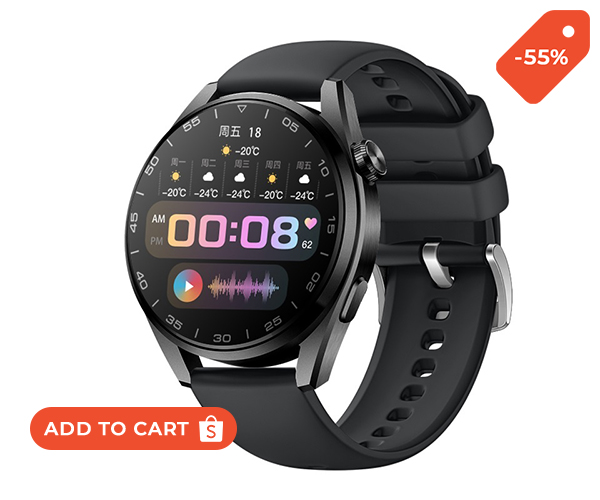In the bustling marketplace of ideas, where words are shaken for attention, and messages shout to be heard, one medium that rises above the racket is the power of illustration. It’s said that a picture is worth a thousand words, but in the realm of contemporary advertising, an illustration might just be worth a million.
As a modern business marketer, understanding the importance of illustrations in advertising is crucial. They are not merely decorative elements as they are powerful tools of communication, capable of conveying complex ideas with elegance and simplicity. They can visualize advertising campaigns, adding artistic distinction and style to adverts. They can depict views in the most hilarious and humorous ways that photos cannot do, connecting well with consumers’ emotions, especially their humorous side.

The role of illustration in contemporary advertising is a fascinating exploration of the intersection between art and commerce.
In the ever-evolving advertising landscape, illustrations have emerged as a compelling force, shaping perceptions, stirring emotions, and driving consumer behavior. They are the silent ambassadors of brands, the visual storytellers that weave narratives of desire, aspiration, and identity.
The Evolution of Illustration in Advertising
Illustration in advertising is a visual tool used to convey messages or concepts effectively. It simplifies complex ideas, making them easily digestible and engaging. The psychological impact of visuals is profound, as humans are inherently visual creatures. We process visuals much faster than text, and they strongly influence our emotions and decisions. Thus, illustrations are not just decorative but persuasive devices in advertising, influencing consumer behavior and driving marketing success.
The history of illustration in advertising is a rich tapestry of creativity and innovation. In the 1880s, advertising art was mostly simple black and white wood engravings of products. However, by 1900, advances in photo-engraving and printing made full-color art feasible, and advertising as an art form blossomed.
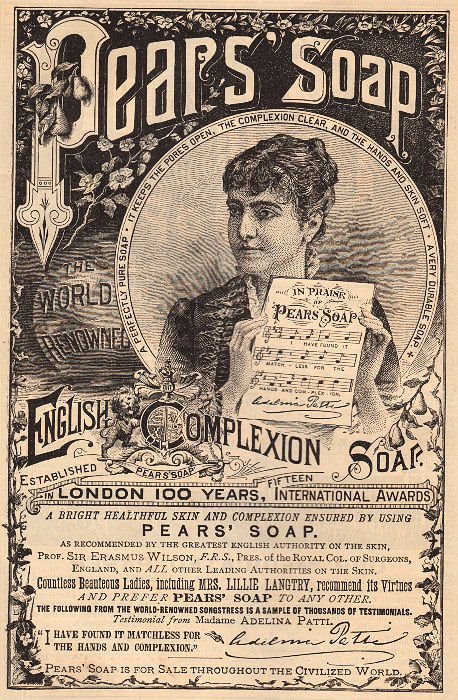
Art directors, recognizing that a picture can be worth a thousand words, commissioned the best-known artists of the day to produce eye-catching, effective advertising art. This era, known as the Golden Age of Illustration, created some of the most memorable, influential, and popular advertising art. Renowned illustrators such as Coles Phillips and J. C. Leyendecker produced paintings and drawings for advertising that left a lasting impact.
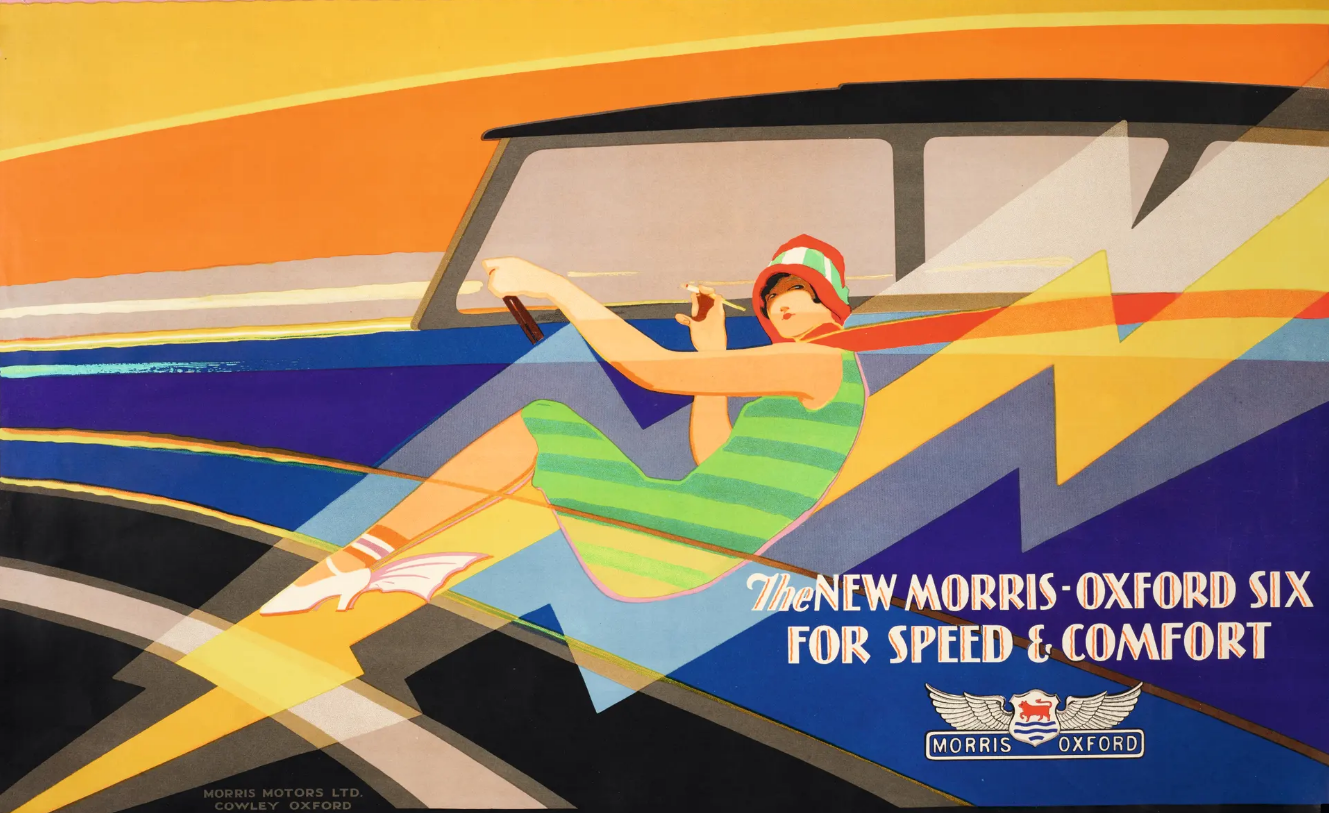
A notable example of a successful ad campaign that leveraged illustrations effectively is the 1930 advertisement for the New Morris-Oxford Six. This bold, abstract poster embodied freedom and style with its bold lines and colors, capturing the era’s spirit and the brand’s essence.
Another example is the 1920s ad for Craven A cigarettes, which claimed they didn’t cause sore throats. The illustration used in this ad was not only eye-catching but also served to reinforce the ad’s message, demonstrating the power of illustrations in shaping consumer perceptions.
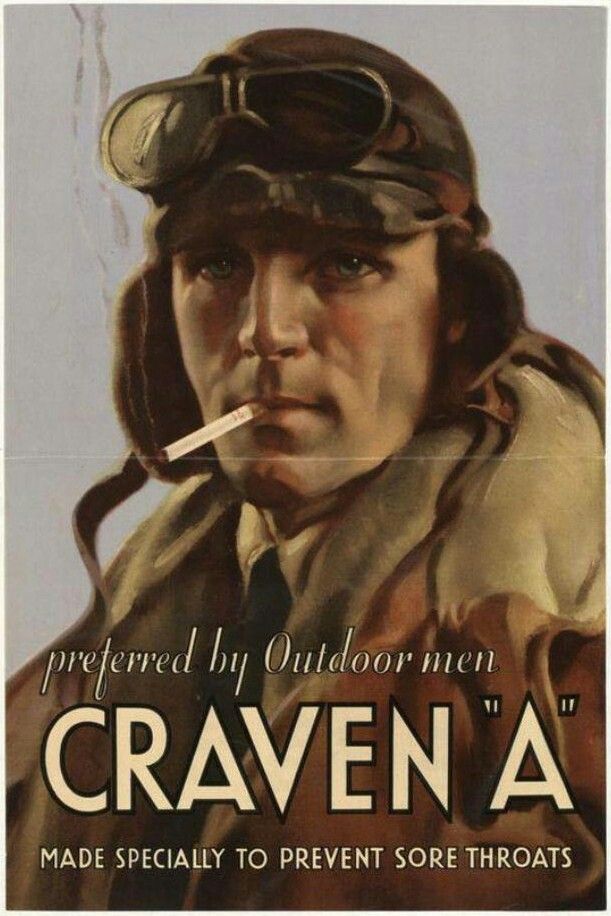
In the 21st Century, the role of illustrations in advertising has evolved further, with illustrators needing to be well-versed in both the technology of computer software programs and traditional illustration drawing methods. Today, product images are placed in web banners and mobile applications, showing how illustrations have adapted to the digital age and continue to play a crucial role in advertising.
Therefore, Illustrations in advertising offer unique advantages such as originality, flexibility, and emotional appeal. They allow brands to create distinct styles and narratives tailored to deliver messages accurately and appealingly. Illustrations can evoke a range of emotions, enhancing audience engagement. Moreover, they can simplify complex ideas into easily digestible visuals, making them more accessible to the audience.
The Role of Illustration in this Digital Age
Illustrations also possess a unique storytelling capability that can be leveraged effectively in advertising. They can weave narratives, evoke emotions, and create a connection between the brand and the audience. For instance, to celebrate its 103rd birthday, Oreo wanted to convey a sense of childlike wonder. The company commissioned 10 artists to create a character that embodied a single word, with the only stipulation being that the character uses the Oreo cookie wafer as the face/head.
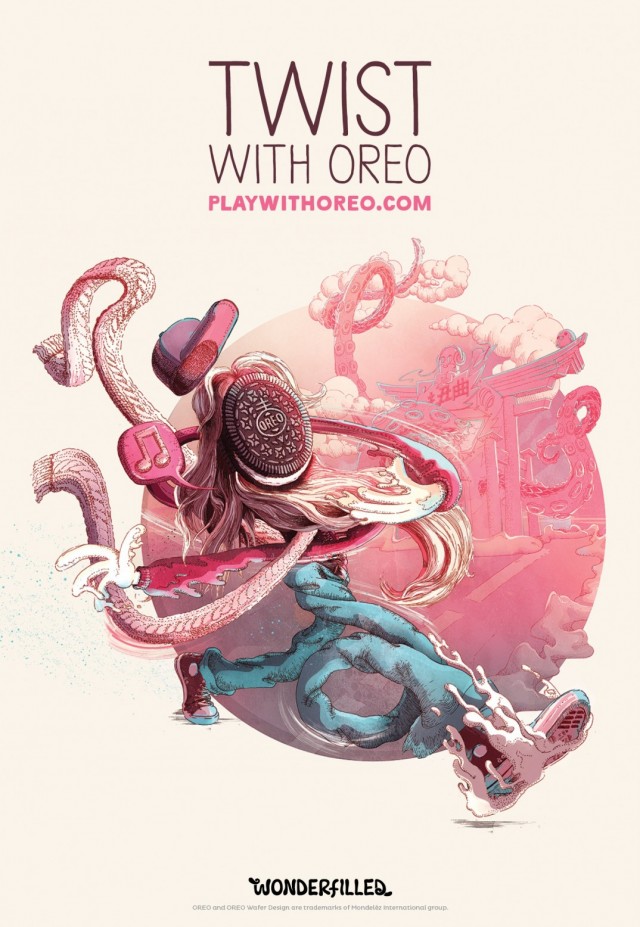
The result was a beautifully intricate campaign that infused Oreo with a sense of wonder and effectively communicated the brand’s message.
Another compelling example is the campaign for Great Western Railway (GWR) by adam&eveDDB. The campaign followed Enid Blyton’s Famous Five on an adventure through the countryside, aiming to reignite people’s love of rail travel. The animated campaign, directed by award-winning animator Pete Candeland, effectively used illustrations to tell a captivating story. Aside from that, illustrations are delivering instrumental in shaping a brand’s identity, creating a unique aesthetic that sets it apart. They provide consistency across platforms, enhancing brand recall and trust. Moreover, they can evoke emotions and tell stories, making the brand more engaging. A prime example is Yihui Liu’s work for Spacebase, where illustrations consolidated the brand’s identity, making it more recognizable and relatable.

The beginning of digital media has revolutionized the role of illustrations in advertising. With the integration of augmented reality (AR) and virtual reality (VR), illustrations have become dynamic and interactive, creating immersive experiences that captivate audiences. A study on digital media art displays found that VR and AR significantly enhanced viewer satisfaction, underscoring their potential to elevate the impact of illustrations in advertising.
Hence, illustrations are not just visually appealing as they are strategic tools that attract attention, enhance brand awareness, and reinforce ad messages. With their customization potential, they allow brands to create unique designs. Moreover, they are cost-effective, delivering impactful messages at a lower cost than photo-based ads. Illustrations are powerful tools that drive better audience engagement in advertising.
Here are some killer examples of illustrated ad campaigns:
This innovative campaign by Google Creative Lab and Anyways Creative breathed new life into phone advertising. It featured real-life iPhone users who were given a Pixel 2 phone to try out. Their experiences were recorded and then animated by a team of talented animators, creating a human-centric and relatable advertising campaign.
In collaboration with Iris London, Adidas launched a unique campaign that combined live footage and animation. The campaign, brought to life by illustrator Stevie Gee and animator Nicos Livesey, featured renowned football stars and showcased Adidas’s commitment to creativity and innovation in sports.
Fanta Mashup

As part of Fanta’s global rebranding, the company collaborated with various illustrators to create artwork inspired by its new graphic style. Illustrator Owen Gildersleeve created a vibrant, multi-level paper-cut design that perfectly encapsulated the refreshing essence of Fanta.
Amnesty International: Teresa’s Story

Amnesty International commissioned illustrator Pete Reynolds to tell the stories of refugees through illustrations. The illustration is depicted in the story of Teresa, a young woman who grew up in a Kenyan refugee camp and sees education as her path to a better life.
IKEA: Apartmentology

In a cross-media campaign for IKEA in Russia, illustrator Rod Hunt used his detailed isometric style to create a large illustration depicting different families in interlocking apartments. This campaign demonstrated the power of illustration in creating complex, detailed worlds, showcasing the diverse range of IKEA’s furniture solutions.
CONCLUSION
The power of illustration in contemporary advertising is undeniable. From simple engravings to dynamic digital creations, illustrations have become a crucial tool in conveying complex ideas, creating brand identity, and engaging audiences. With the advent of technologies like AR and VR, the potential of illustrations has expanded even further. Therefore, businesses need to harness the power of illustrations, as they offer a unique blend of creativity, flexibility, and effectiveness in today’s advertising landscape.






